Understanding the signs of aging in dogs is crucial for providing the best care as they transition into their senior years. Dogs age much faster than humans, and the signs of aging can appear suddenly, affecting their health, mobility, and overall quality of life. Recognizing these signs early on helps in adapting their care routine, ensuring they remain comfortable and healthy. This guide highlights aging signs every dog owner should be aware of. By staying informed, owners can make thoughtful decisions about their pets’ health, diet, and environment to support their well-being in every stage of life.
Decreased Activity And Increased Sleep
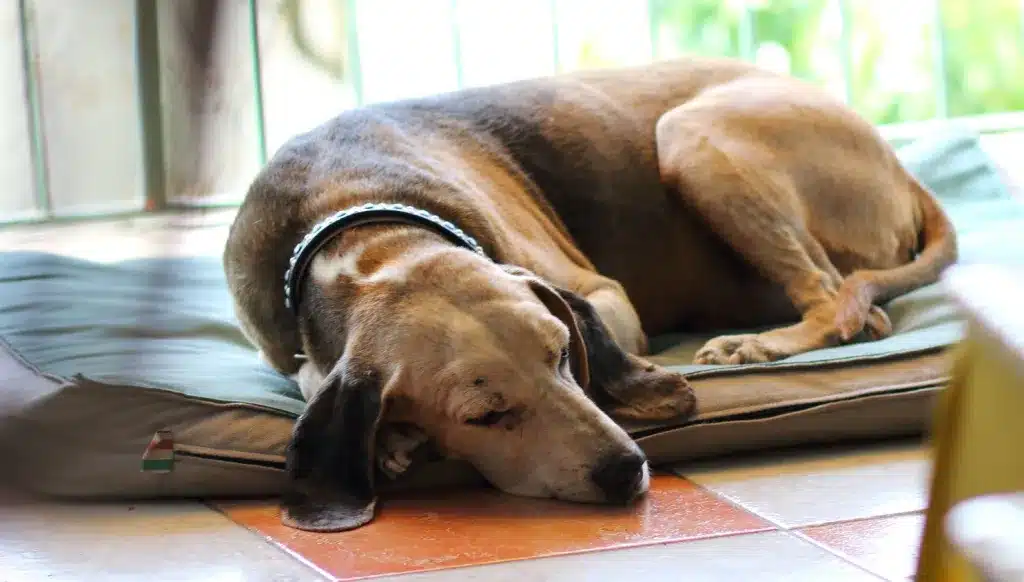
As dogs age, a noticeable shift in their activity levels and sleep patterns occurs. Previously active dogs may show less interest in playing, walking, or engaging in activities they once enjoyed. Instead, they might prefer lounging and sleeping for longer periods. This change is a natural part of the aging process, reflecting their reduced energy levels and possible health issues such as joint pain or heart problems. Owners should observe these changes and consider adjusting daily routines to accommodate their dog’s new needs, ensuring they still receive gentle exercise to maintain their health.
Another aspect to consider is the quality of sleep. Older dogs might experience changes in their sleep-wake cycles, leading to more daytime napping and restlessness at night. This could be indicative of underlying health issues or cognitive decline. Monitoring these patterns and consulting with a veterinarian can help in identifying and addressing any problems. It’s also beneficial to create a comfortable sleeping environment for aging pets, with easy access to their bed and a quiet, cozy area where they can rest undisturbed.
Joint Stiffness And Mobility Issues
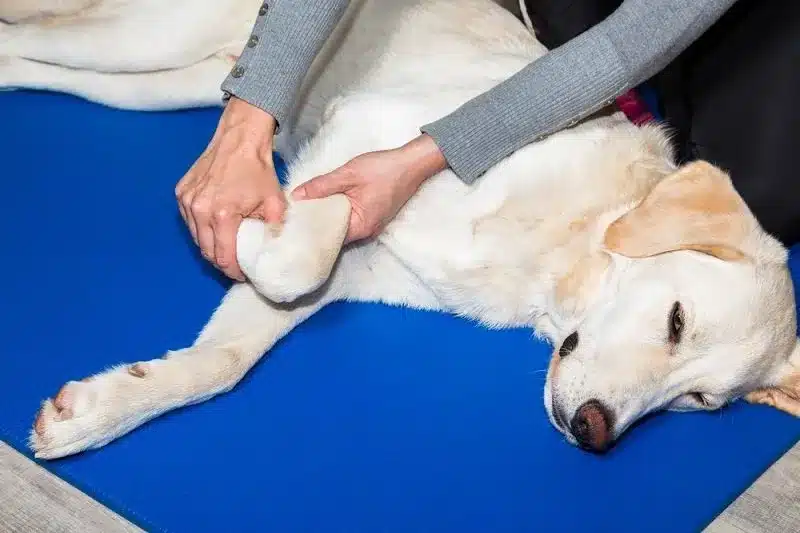
Joint stiffness and mobility issues are common signs of aging in dogs. These symptoms often manifest as difficulty standing up after lying down, hesitance to jump or climb stairs, and a general reduction in mobility. Such changes can indicate the development of arthritis or other joint-related conditions that are prevalent in older dogs. Regular veterinary check-ups are essential for diagnosing these issues early and implementing strategies to manage pain and improve mobility, such as medications, weight management, and physical therapy.
Incorporating supplements into an aging dog’s diet can also play a crucial role in managing joint health. Ingredients like glucosamine, chondroitin, and omega-3 fatty acids have been shown to support joint function and reduce inflammation. Alongside dietary supplements, modifying the home environment to make it more senior-dog-friendly can significantly improve their quality of life. Ramps, orthopedic beds, and non-slip floors can help alleviate discomfort and encourage mobility, allowing dogs to navigate their space safely and comfortably.
Changes In Hearing And Vision
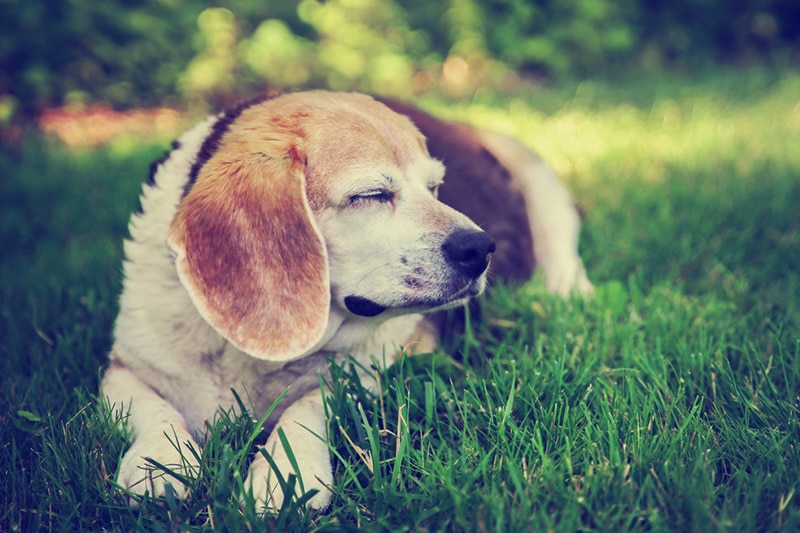
A decline in hearing and vision is a natural part of the aging process for dogs. Owners might notice their pets responding less to verbal commands or being startled more easily due to decreased auditory capabilities. Similarly, vision impairment can lead to increased clumsiness, difficulty navigating familiar environments, and hesitance in low-light conditions. These changes can be unsettling for dogs, requiring patience and understanding from their owners. Adapting communication methods, such as using hand signals for commands and ensuring the home is well-lit, can help dogs cope with these sensory changes.
Regular veterinary assessments are crucial to distinguish normal aging from treatable conditions like cataracts or infections that might exacerbate sensory decline. Additionally, creating a safe and predictable environment can minimize stress for dogs with sensory impairments. Keeping pathways clear of obstacles, maintaining a consistent layout of furniture, and using scents or sounds to guide pets can significantly enhance their ability to navigate their surroundings confidently.
Weight Gain Or Loss
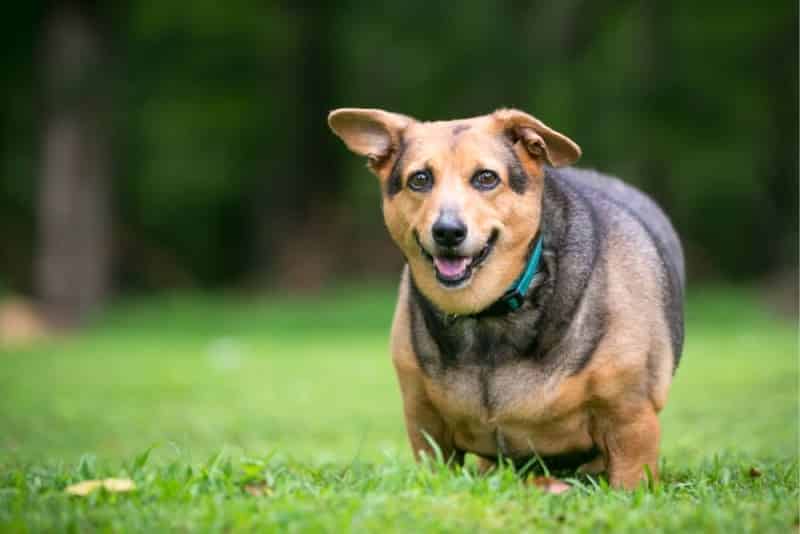
With advancing age, dogs often experience changes in metabolism that can lead to weight gain or loss. A slower metabolism means fewer calories are needed, yet many continue to consume the same amount of food as in their youth, leading to weight gain. This excess weight can exacerbate health problems like diabetes, heart disease, and joint issues. Conversely, some senior dogs may lose weight due to decreased muscle mass or underlying health issues. It’s crucial for dog owners to closely monitor their pets’ weight and consult a veterinarian for dietary adjustments tailored to their changing needs.
Adjusting a senior dog’s diet to manage weight effectively involves several key factors. High-quality, nutrient-rich foods specifically formulated for senior dogs can help maintain optimal health. These diets often contain fewer calories and higher levels of fiber to aid digestion and weight management. Regular, gentle exercise also plays an important role in keeping an aging dog healthy. Activities should be adapted to the dog’s current fitness level and any mobility issues. Consistent veterinary check-ups are essential to monitor weight and overall health, adjusting diets or exercise routines as necessary.
Changes In Behavior And Cognitive Function
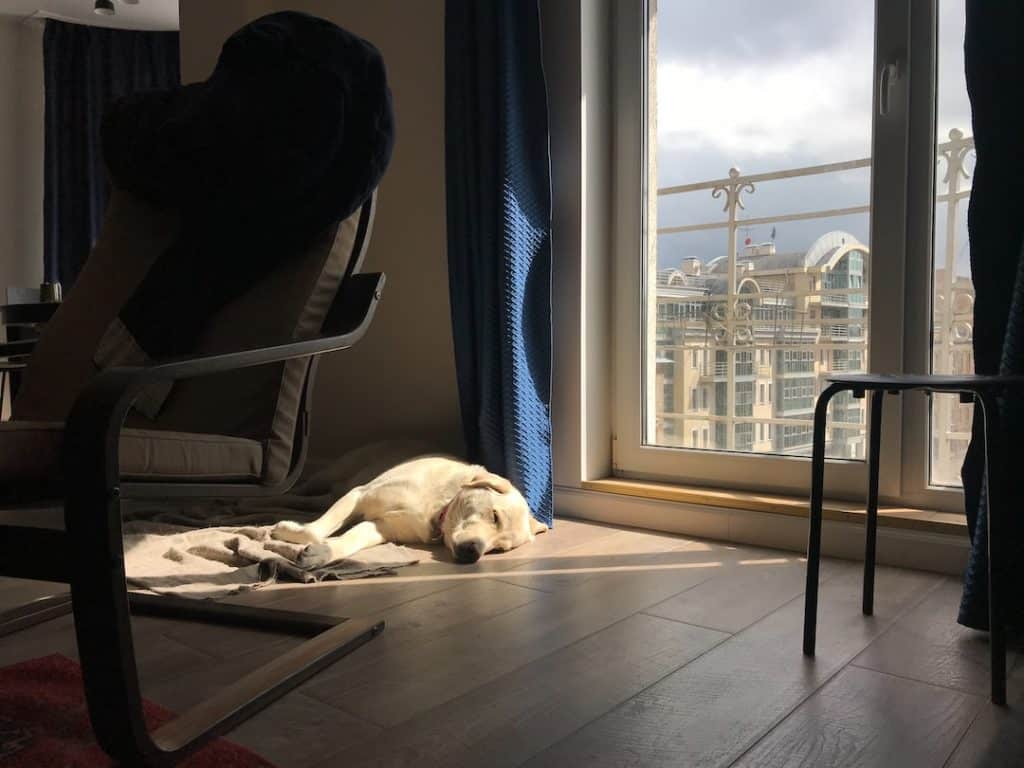
Cognitive decline is a significant concern for aging dogs, manifesting as changes in behavior and mental function. Signs may include disorientation, altered sleep-wake cycles, reduced interaction with family members, and changes in toilet habits. These symptoms can be distressing for both the dog and its owner, resembling human conditions such as dementia. Early recognition and intervention are key to managing cognitive decline, involving environmental enrichment, mental stimulation, and possibly medication prescribed by a veterinarian to slow progression of symptoms.
Maintaining a routine provides a sense of security and stability for dogs experiencing cognitive decline. Incorporating regular, gentle exercise and interactive toys can also help keep their minds active. Diet plays a role as well, with certain nutrients and supplements, such as omega-3 fatty acids and antioxidants, shown to support brain health. Owners should be patient and provide extra care and attention to their aging pets, adjusting their living environment to accommodate any new limitations. Keeping the home environment safe, predictable, and comforting can help mitigate the effects of cognitive changes.
Dental Health Issues
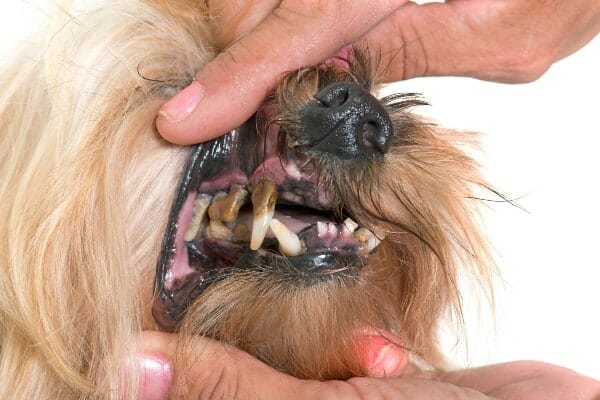
Dental health issues are more prevalent in older dogs and can significantly impact their quality of life. Symptoms such as bad breath, difficulty eating, and visible tartar buildup indicate dental problems that, if left untreated, can lead to more serious conditions like gum disease and tooth loss. These issues not only cause pain and discomfort but can also affect the dog’s overall health, as bacteria from the mouth can enter the bloodstream and affect organs like the heart and kidneys. Regular dental check-ups and cleanings by a veterinarian are essential for maintaining oral health and preventing these complications.
At-home dental care is also critical in managing dental health as dogs age. Brushing a dog’s teeth regularly with toothpaste formulated for canines can significantly reduce plaque and prevent tartar buildup. Dental chews and diets formulated to promote dental health can also supplement professional care. However, owners should be vigilant for signs of dental discomfort in their pets, such as reluctance to eat hard foods or chew toys, and seek veterinary advice promptly. Early intervention can prevent dental issues from becoming severe, ensuring a better quality of life for aging dogs.
Changes In Coat And Skin
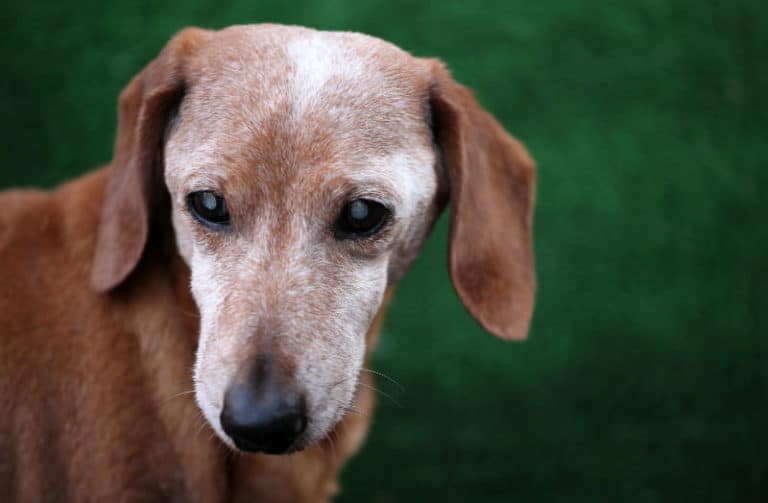
The condition of a dog’s coat and skin often changes with age, becoming more prone to dryness, thinning, and the development of lumps or bumps. A dull, brittle coat or increased shedding can indicate nutritional deficiencies or underlying health issues. Regular grooming becomes increasingly important for senior dogs, not only for maintaining coat health but also for early detection of skin problems. Brushing helps distribute natural oils, promoting a healthier coat, and provides an opportunity to check for any new growths, sores, or signs of infection that may require veterinary attention.
Nutrition plays a crucial role in maintaining skin and coat health in aging dogs. Diets rich in essential fatty acids, such as omega-3 and omega-6, can help improve skin hydration and coat quality. Supplements specifically designed to support skin and coat health may also be beneficial. It’s important for owners to be aware of any changes in their dog’s skin or coat, as these can be indicators of systemic health issues. Veterinary exams are crucial for diagnosing and treating any underlying conditions, ensuring that senior dogs maintain the best possible skin and coat health.
The Bottom Line
Recognizing and addressing the signs of aging in dogs is fundamental to ensuring their comfort and health during their senior years. From changes in activity levels and mobility to shifts in weight, behavior, dental, and skin health, each sign requires careful observation and action. Adjustments to diet, exercise, and the home environment, alongside regular veterinary care, can make a significant difference in the quality of life for aging dogs. It’s essential for owners to remain attentive and proactive in the care of their senior pets, providing them with the love, comfort, and support they need to navigate their golden years with dignity and contentment.